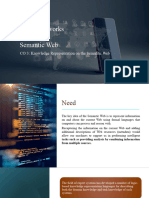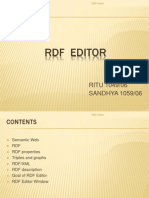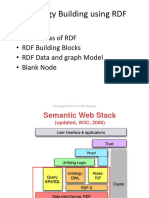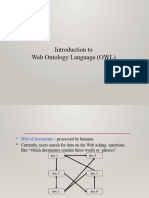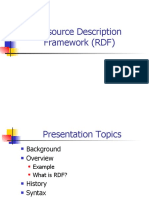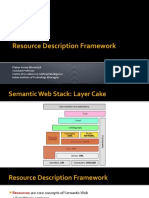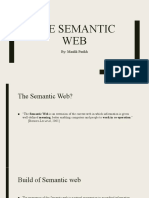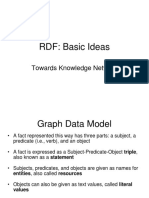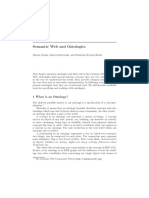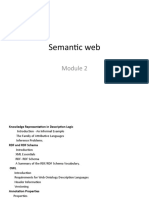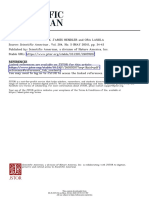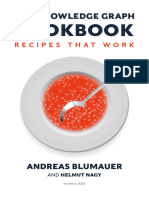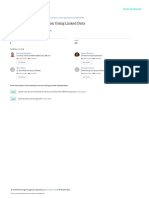0% found this document useful (0 votes)
81 views55 pagesResource Description Framework (RFD) : Unit-2
RDF is a standard for metadata and data interchange on the web. It is based on making statements about resources in the form of subject-predicate-object expressions. RDFS adds vocabulary for describing classes, subclasses, and properties of RDF resources. Together RDF and RDFS allow machines to understand the semantics of information and infer additional knowledge. Ontologies provide formal definitions of concepts within a domain that enable machines to interpret data in a meaningful way.
Uploaded by
qwerty uCopyright
© © All Rights Reserved
We take content rights seriously. If you suspect this is your content, claim it here.
Available Formats
Download as PDF, TXT or read online on Scribd
0% found this document useful (0 votes)
81 views55 pagesResource Description Framework (RFD) : Unit-2
RDF is a standard for metadata and data interchange on the web. It is based on making statements about resources in the form of subject-predicate-object expressions. RDFS adds vocabulary for describing classes, subclasses, and properties of RDF resources. Together RDF and RDFS allow machines to understand the semantics of information and infer additional knowledge. Ontologies provide formal definitions of concepts within a domain that enable machines to interpret data in a meaningful way.
Uploaded by
qwerty uCopyright
© © All Rights Reserved
We take content rights seriously. If you suspect this is your content, claim it here.
Available Formats
Download as PDF, TXT or read online on Scribd
/ 55


